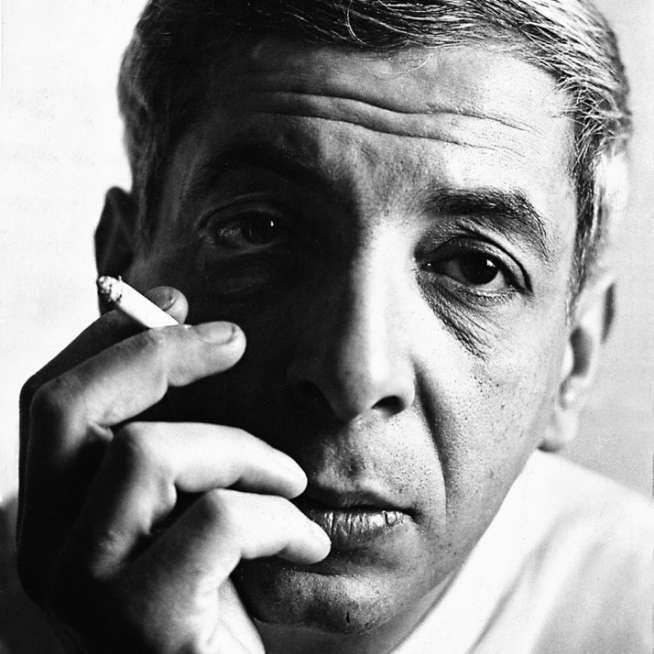THE PARADOXICAL DAVID BYRNE
By Brian Crean
It might be safe to say that David Byrne is fascinated by words. It also might be safe to say that he is equally fascinated by categories, appearances, irony and cultural iconography.
Since his days with the highly influential band The Talking Heads, Byrne has dared to ask questions that many of us never consider. Essentially, for the past 25 years, he has been pondering the usual in very unusual ways. Prior to the opening reception a few weeks ago of his exhibition, "David Byrne: What Is It?," at the Southeastern Center for Contemporary Art in Winston-Salem, Bryan sat down to talk for a few minutes. He, like his work, seemed to embody paradoxes.
Underneath his shy exterior, he exhibited an inner confidence, even an inner righteousness. Inexplicably, his eyes seemed both gentle and distant. And the tone of his voice wavered unpredictably. Sometimes his speech seemed hesitant and searching, and at other times, he spoke with definitive clarity.
For example, when I asked him about the photographs he had taken in and around Research Triangle Park in 1992, his voice was certain: "The corporate tombstones pretend to say one thing, but they actually say something else."
And then, when we talked about the group of books he had recovered for the exhibition, he smiled and enigmatically mumbled, ``They look real enough.'
In the end, it might be safe to say that Byrne simply likes to confuse people. With regard to his PowerPoint audiovisual installation, Byrne writes in his press release: ``It is representing one thing by another thing, the other thing not the first thing, and neither thing resembling the second thing. Each piece is accompanied by original music.'
As for the exhibition itself, "What Is It?" references a series of images Byrne created as mock advertisements inside Tokyo's subway system in 2002. Of the original 100 pieces, 20 have been included in the SECCA exhibition. Mounted on aluminum, these inkjet prints are essentially a series of clever multiple-choice questions.
For example, after presenting us with a photograph of an old beat-up bookshelf on wheels, Byrne lists three possible answers in the bottom left corner:
(A) Modern architecture
(B) Book sale
(C) Parade float, Cambodia
And when he presents us with a picture of an outdated piece of electronic equipment, we are asked to choose from:
(A) Mechanical brain
(B) Jimi Hendrix Fuzztone
(C) Machine for teaching science
Though many of these images are clever and entertaining, in my mind, the highlight of the exhibition is the artist's series of simple ``Tree Drawings.' Small and diagramatic, they illuminate the softer, less-opinionated side of the artist. Rendered in pencil, most of the drawings give away Byrne's fascination with psychological and sociological labels. In each of the drawings, the artist seems to ask: How do we define ourselves? And how do we appear to others?
Although these drawings are not visually complex, the thoughts and feelings they convey seem more immediately human than many of the other works in the exhibition.
In "Selective Memories" and "Vertical Rhizome," the artist even seems to throw his own psyche into the equation. Rather than using his cleverness to make hidden judgments about corporate power, in several of these more understated drawings, he ventures into a different realm - a more private realm of personal experience.
Which brings us to the final piece in the exhibition. A giant tree drawing painted directly onto the wall of the gallery. Among the roots of the tree, Byrne writes the words "Bicycles," "Radios" and "Donuts." And, among the branches of the tree, he depicts words such as "Daughters," "Friends" and "Singers."
